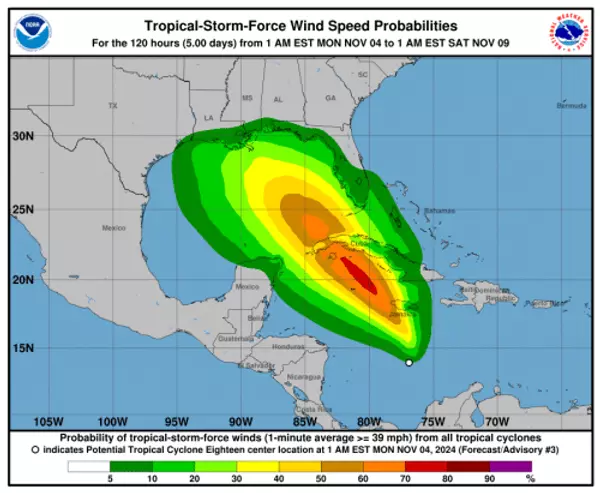
In animals, colors are produced either by pigments or by tiny, light-scattering nanostructures. While an impressive range of pigments exists in living organisms, these are ultimately limited by biochemistry. Structural color, on the other hand, is not only able to achieve a wider range of color, but that color can also appear to change with the angle of incident light and the movement of the animal.
Iridescence, a form of structural color found in many birds and insects, is particularly intriguing. There’s the broad-tailed hummingbird (Selasphorus platycercus), with its iridescent throat feathers that can change from black to magenta. Then there’s the male bird of paradise that recently made news for its use of nanostructures to create the blackest black feathers. Its shimmering iridescent throat feathers are quite remarkable, too, achieved through slightly different nanostructures.

The blue morpho butterfly (Morpho sp), and the Japanese jewel beetle (Chrysochroa fulgidissima), and of course dragonflies also make use of structural color. By comparison, mammals like us are somewhat lackluster, though one mammal, the blind, underground-dwelling golden mole, has a faint iridescent sheen.
This video, courtesy of UC Berkeley’s Lawrence Hall of Science, provides a zoomed-in view of the chitin nanostructures that create such a vivid display in blue morpho butterflies.
Iridescence is indeed beautiful and eye-catching. From an evolutionary perspective, though, it doesn’t quite make sense to stand out so grandly, unless this form of structural color is mainly being used as a signal for potential mates. But research is now showing that there’s something more to it. It appears iridescence can function as camouflage.
Camouflage usually works in one of three ways: by matching the background, by masquerading as another object entirely, or by something called disruptive coloration, in which color patterns disrupt the recognizable shape of the animal.
To see how iridescence may be functioning as camouflage, researchers at the University of Bristol in the UK turned to the humble bumble bee (Bombus terrestris).
Bumblebees are not iridescent, nor are they predators, but their eyes are similar to that of other insects. Consequently, bumblebee vision can be a good model for the vision of predatory insects like wasps and hornets (and one imagines bumblebees are more pleasant to work with).
By examining bumblebees’ responses to iridescent and non-iridescent targets, the researchers discovered that iridescence interferes with the bumblebee’s ability to identify shape.
In the study, bumblebees were presented with small discs that were either oval or circular. Using sugar water as a reward, half the bees were trained to associate an oval disc with reward and the remaining bees were trained to associate the circular disc with a reward. Once trained, they would reliably fly to the shape they associated with food. Next, the bees were presented with a series of oval or circular discs, but this time the discs were either matte or iridescent.

The bees found it easy to discriminate between disc shape when the discs were matte, but when the discs were iridescent this task became more difficult. The results suggest that iridescence impaired the bumblebees’ ability to discern shapes.
As the authors explain in their paper, now published in the journal Scientific Reports, it seems iridescence in animals is a form of disruptive coloration camouflage, wherein the constantly changing color and intensity of iridescence makes it difficult for the viewer to see a stable border, and thus recognize the shape. For potential predators, it could be downright confusing.
“It’s the first solid evidence we have that this type of colouration can be used in this way,” says the paper’s first author, Dr Karin Kjernsmo of the University of Bristol’s School of Biological Sciences.
“Thus, if you are a visual predator searching for the specific shape of a beetle (or other prey animal), iridescence makes it difficult for predators to identify them as something edible.”
“We are currently studying this effect using other visual predators, such as birds as well,” says Dr Kjernsmo. “This is because birds are likely to be the most important predators of iridescent insects.”
Original Research:
DOI:10.1038/s41598-018-26571-6
For a peak at the full effect of structural color from the remarkable male bird of paradise, watch this:
Additional information:
For more on structural colors, read this overview by regular Forbes contributor GrrlScientist.







